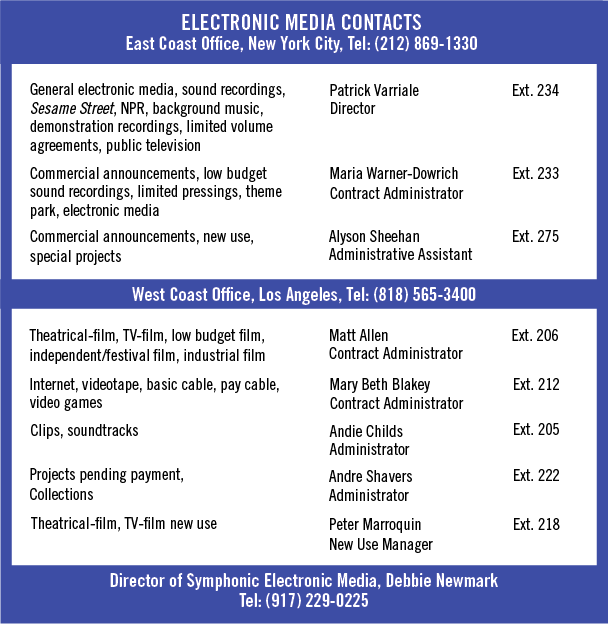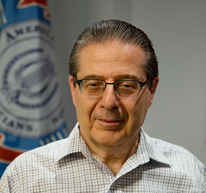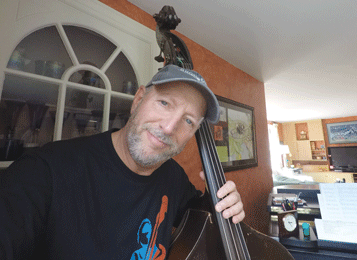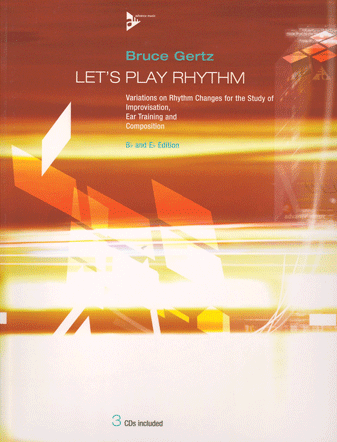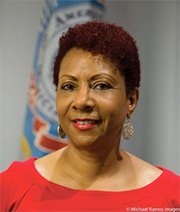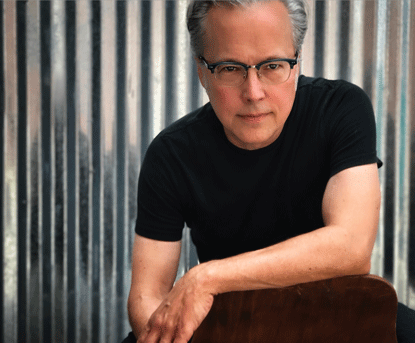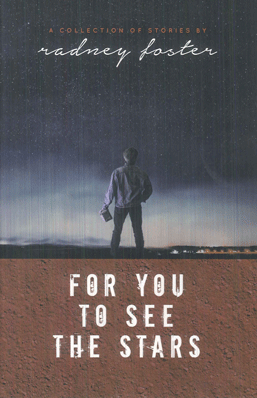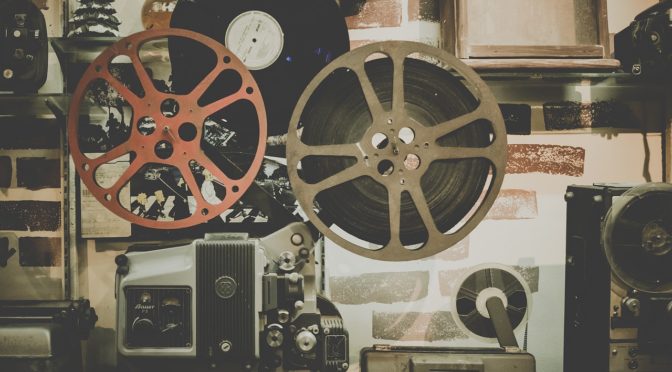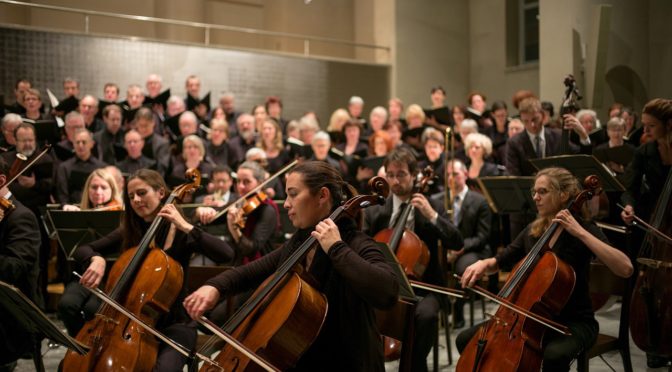As we so frequently get caught up in the day-to-day grind of business and the pursuit of agreements and payments, it can be difficult to make time to get to know each other. The following EMSD “who’s who” puts faces to the names and summarizes job responsibilities for our Electronic Media Services Division (EMSD) staff.


Pat Varriale: Director of the EMSD, Pat has been with the AFM for 44 years. He is “all things electronic media,” specializing in all facets of the Sound Recording Labor Agreement, National Public Television, National Public Radio, Limited Pressing, Demonstration Recording, and Background Music agreements.

Maria Warner-Dowrich: Contract administrator for EMSD New York, Maria administers commercial announcements including commercial new use, sound recording low budget, theme park, and limited pressings. She’s worked for the Federation for almost 10 years, eight of them with EMSD.
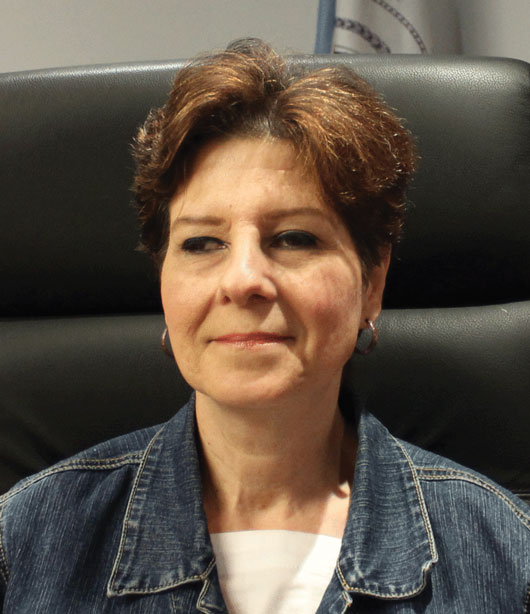
Kim Wysocki: Administrative assistant to Pat, Kim assists in processing and entry of Commercial Announcements Agreements and assumption agreements and provides assistance in signatory renewals. She also researches the CDs received from record companies and performs initial research on commercial new use projects.
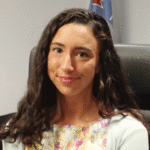
Alyson Sheehan: In her first year with the Federation, Alyson works in billing and collection of sound recordings and theatrical motion picture scores in commercial announcements. In addition, she assists Pat in special projects and the editing of various agreements.
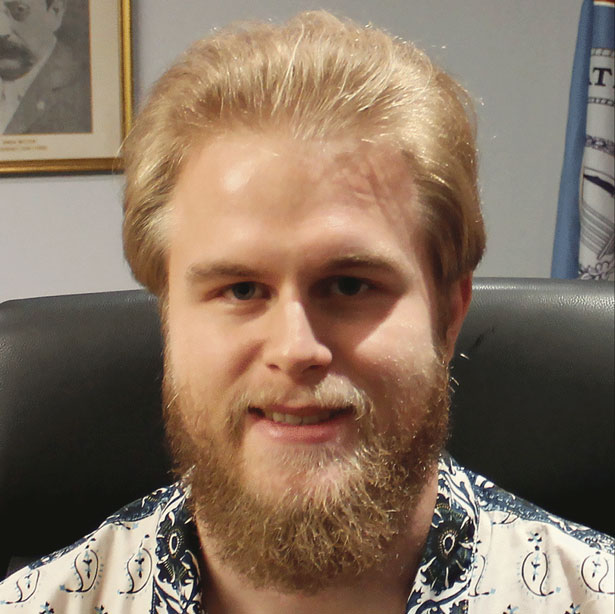
Grant Gerhart: Grant assists EMSD New York on the research, billing, and collection of sound recordings and theatrical motion picture scores in commercial announcements, as well as other administrative duties.


Aksinia Dintcheva: Aksinia works tirelessly in the New Use department to create B-7 contracts and billings. A University of Georgia graduate, she has been working in the EMSD for 18 years.

Andie Childs: Andie manages historical soundtracks, projects involving film-to-film clip use, as well as spreadsheets and dispersals for compilation projects and programs.

Andre Shavers: In charge of collections for the New Use department, Andre pursues payment for billings generated by Peter Marroquin and company. He also oversees notices for work dues payments.

Bryan Vasquez: A researcher in the Sound Recording to Theatrical and Television Film New Use Department, Bryan identifies the use of AFM sound recordings in film media and prepares billing packets used for invoicing. He has worked for the AFM for seven years.

Chris DeLeon: Chris assists the New Use department by generating B-7 forms, as well as handling local tech issues in the West Coast Office.

Mary Beth Blakey: Mary Beth is contract administrator covering television videotape, basic cable television, Internet and new media, and video games. She has been working in the EMSD for eight years.

Matt Allen: As contract administrator, Matt handles motion pictures and television films, as well as low budget, student, festival, and industrial films. He initially administered the SRLA for Local 47. After moving to EMSD in 2001, he managed commercial new use before moving to film agreements.
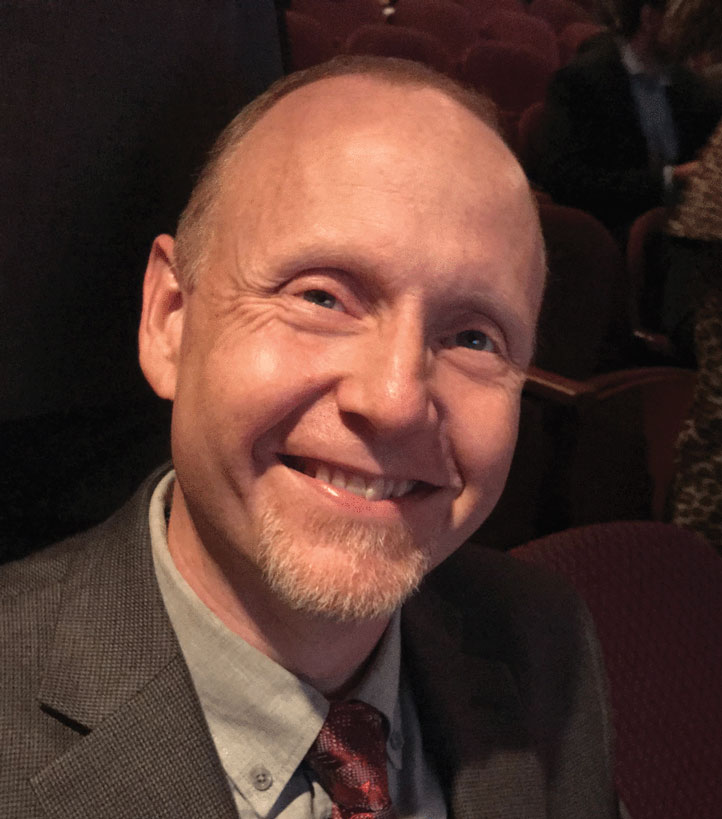
Michael Stogner: New to the Sound Recording to Theatrical and Television Film New Use Department, Michael confirms the contact information for production companies and generates the billing letters to collect new use payments. He is also department archivist.

Ray Kalantarian: New to the Sound Recording to Theatrical and Television Film New-Use Department, Ray follows up with production companies via phone and/or email after sound recording new use invoices are submitted for payment.

Sandra Leon: The newest researcher in the Sound Recording to Theatrical and Television Film New Use Department, Sandra monitors and analyzes film media to identify the new use of AFM sound recordings and prepares the billing packets for invoicing.

Peter Marroquin: Manager of the Sound Recording to Theatrical and Television Film New Use Department, Peter also handles the management and storage of data for the office. He has been with the AFM for 25 years.
